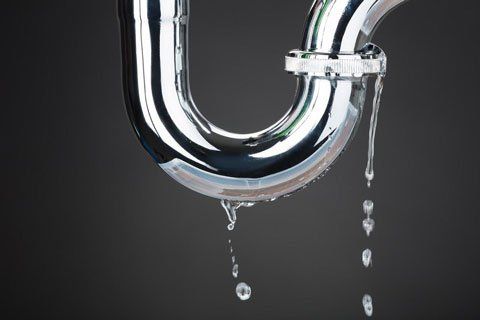Finding Hidden Water Line Leaks: Six Effective Detection Methods
Book A ServiceWe've come across this post about Locating water leaks down the page on the web and thought it made good sense to relate it with you on my blog.

The moment you locate a leakage, calling your plumber for fixings is the best remedy. Some little water leakages might not be noticeable. Below are some hacks that aid if you can not detect it with your nude eyes.
Early discovery of dripping water lines can alleviate a potential catastrophe. In addition to saving you cash, it will minimize the irritation and also stress.
Examine Water Usage
If you identify abrupt changes, regardless of your consumption being the same, it suggests that you have leakages in your plumbing system. An unexpected spike in your costs indicates a fast-moving leakage.
A consistent increase every month, also with the same practices, reveals you have a sluggish leakage that's also slowly rising. Call a plumber to completely examine your building, particularly if you feel a cozy location on your floor with piping beneath.
Evaluate and Evaluate the Circumstance
Homeowners should make it a practice to check under the sink counters and even inside cabinets for any bad odor or mold growth. These two red flags show a leakage so timely attention is required. Doing routine examinations, even bi-annually, can save you from a significant issue.
Analyze the Water Meter
Every house has a water meter. Examining it is a guaranteed way that aids you find leakages. For starters, switch off all the water sources. Ensure nobody will certainly flush, use the faucet, shower, run the cleaning machine or dishwasher. From there, most likely to the meter and watch if it will transform. Considering that no one is using it, there must be no activities. That indicates a fast-moving leakage if it relocates. If you spot no adjustments, wait an hour or two and check back again. This means you might have a slow-moving leakage that might even be below ground.
Asses Outside Lines
Don't neglect to inspect your outdoor water lines also. Test faucets by attaching a yard hose pipe. Needs to water leak out of the link, you have a loose rubber gasket. Change this and make sure all connections are tight. If you've got a sprinkler system, it will aid get it expertly analyzed and kept each year. One small leak can waste lots of water and spike your water bill.
Do a Food Coloring Examination
When it comes to water intake, 30% comes from toilets. If the shade somehow infiltrates your bowl throughout that time without flushing, there's a leakage between the storage tank and also bowl.
Check for stainings and deteriorating as most pipelines and also devices have a life expectancy. If you presume leaking water lines in your plumbing system, do not wait for it to escalate.
The moment you locate a leak, calling your plumber for fixings is the ideal service. Some little water leaks may not be noticeable. Inspecting it is a proven method that helps you discover leaks. One small leakage can waste heaps of water and spike your water bill.
If you think dripping water lines in your plumbing system, do not wait for it to intensify.
WARNING SIGNS OF WATER LEAKAGE BEHIND THE WALL
PERSISTENT MUSTY ODORS
As water slowly drips from a leaky pipe inside the wall, flooring and sheetrock stay damp and develop an odor similar to wet cardboard. It generates a musty smell that can help you find hidden leaks.
MOLD IN UNUSUAL AREAS
Mold usually grows in wet areas like kitchens, baths and laundry rooms. If you spot the stuff on walls or baseboards in other rooms of the house, it’s a good indicator of undetected water leaks.
STAINS THAT GROW
When mold thrives around a leaky pipe, it sometimes takes hold on the inside surface of the affected wall. A growing stain on otherwise clean sheetrock is often your sign of a hidden plumbing problem.
PEELING OR BUBBLING WALLPAPER / PAINT
This clue is easy to miss in rooms that don’t get much use. When you see wallpaper separating along seams or paint bubbling or flaking off the wall, blame sheetrock that stays wet because of an undetected leak.
BUCKLED CEILINGS AND STAINED FLOORS
If ceilings or floors in bathrooms, kitchens or laundry areas develop structural problems, don’t rule out constant damp inside the walls. Wet sheetrock can affect adjacent framing, flooring and ceilings.
https://www.servicemasterbyzaba.com/blog/how-to-detect-water-leakage-in-walls/

As an enthusiastic person who reads about Locating water leaks, I was thinking sharing that excerpt was really helpful. Liked our write-up? Please share it. Let another person locate it. Many thanks for your time. Come back soon.
Urgent fix? Dial.